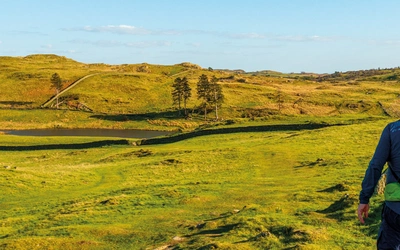
Article

England’s ‘Adventure Capital’ offers unrivalled options for mountain and fell walks. For some Great Mountain Days in the Lake District, this book has 50 graded full-day expeditions, enough to help you explore the entire range every weekend of the year, and for 'peak baggers' to tick off a good number of the 230 Fellrangers.
Families and the less active will find a good selection of 30 carefully graded Low Level and Lake Walks, while for entertaining kids under 12, you will find a multitude of Outdoor Adventures with Children that include walking, cycling, orienteering, paddling, boating, hostelling and more.
Other sports are covered by Cicerone guidebooks to the Lake District, including trail and fell running, including the Bob Graham Round, one of the UK's Big Rounds, mountain biking and cycling. Home of the Cumbria Way, and starting point for the Coast to Coast walk, Hadrian's Wall Path, the C2C cycle route and Hadrian's Wall Cycle route, the stunning scenery of the National Park is truly England's Adventure Capital.
Remember to #BeAdventureSmart if you're heading out to enjoy the fells, lakes and mountains. Before you set off, remember to check you have the right gear, what the weather will be like and that you have the knowledge and skills for the day. Download the AdventureSmart leaflet for tips and advice.
29 Books Available
26 Articles Available